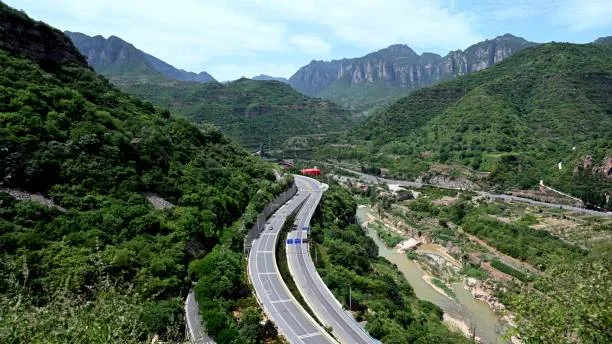A dramatic infrastructure failure occurred on November 11, 2025, when the newly completed Hongqi Bridge in Southwest China partially collapsed into the gorge below. Authorities reported no casualties.
The bridge, part of China National Highway G317, lies near the construction zone of the future Shuangjiangkou Hydropower Station in Sichuan’s Maerkang City. Its design span measured 758 metres and the structure stood about 625 metres above the riverbed.
On Monday, local authorities closed the bridge after detecting cracks in the nearby slopes and roadbed, signaling mounting terrain instability. The next day, a landslide triggered by the slope movement caused the approach segment of the bridge and adjacent road deck to collapse.
An official from the Barkam County government told state media that traffic was halted in advance of the collapse, but the speed of the failure and the scale of the debris cloud raised questions about terrain monitoring and engineering safeguards.
About the Bridge
The Hongqi Bridge was constructed by the state-owned Sichuan Road & Bridge Group and opened to traffic earlier in 2025. It was intended to improve connectivity between central China and the Tibetan Plateau, and to stand as a marker of rapid infrastructure expansion. The collapse, however, highlights the significant geological risk in mountainous construction zones and has prompted a formal investigation into design, site preparation, and slope-management practices.
Authorities have blocked access, begun a full structural assessment, and rerouted traffic. The collapse has revived scrutiny of large-scale construction projects in geologically sensitive regions and the regulatory oversight of terrain stability, especially under ambitious timelines.












